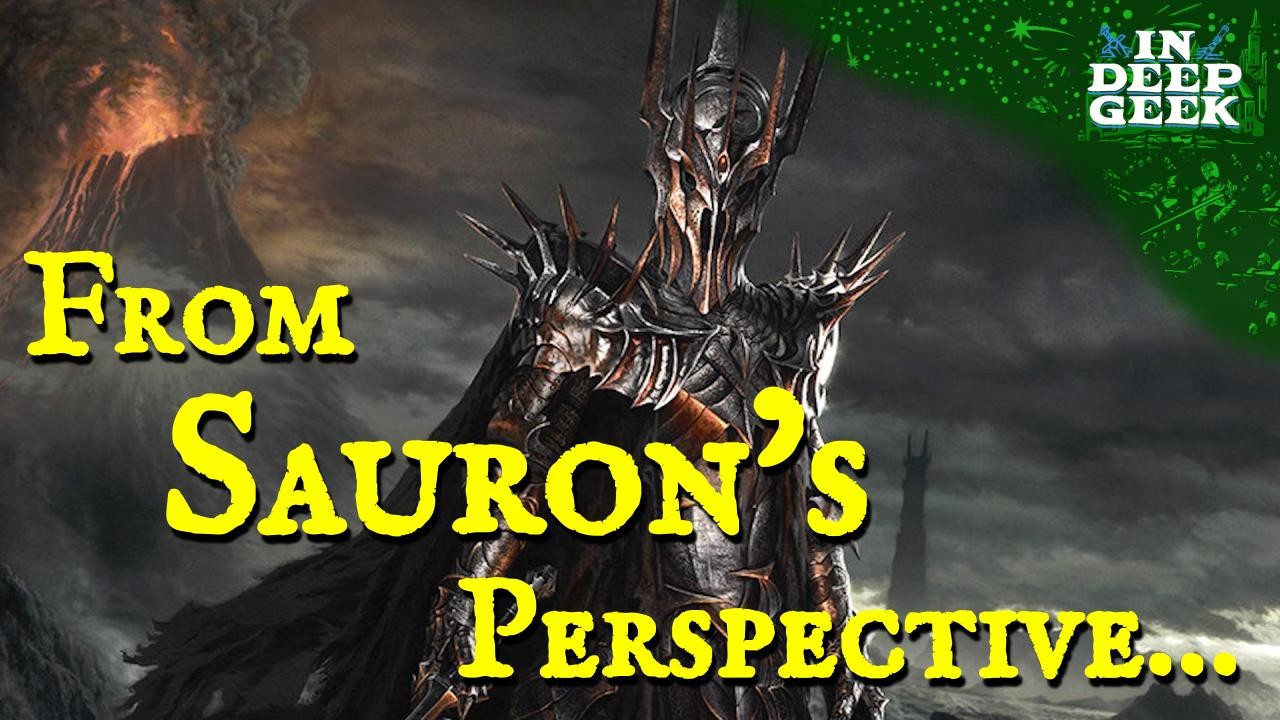
Sauron Lord Of The Rings The Dark Power Behind It All
The intricate lore of J.R.R. Tolkien’s Middle-earth holds a vast and complex narrative. Yet, few figures loom as large as Sauron, the Dark Lord whose ambitions drive the heart of “The Lord of the Rings.” Known primarily for his unyielding quest for power and domination through the One Ring, Sauron represents not just a physical antagonist but a symbol of corruption and the seductive nature of authority. In this article, we explore how Sauron’s influence shapes both the characters and themes within the saga while also examining his connection to other pivotal figures, particularly Aragorn.
## Sauron: Lord of the Rings’ Dark Power Behind It All
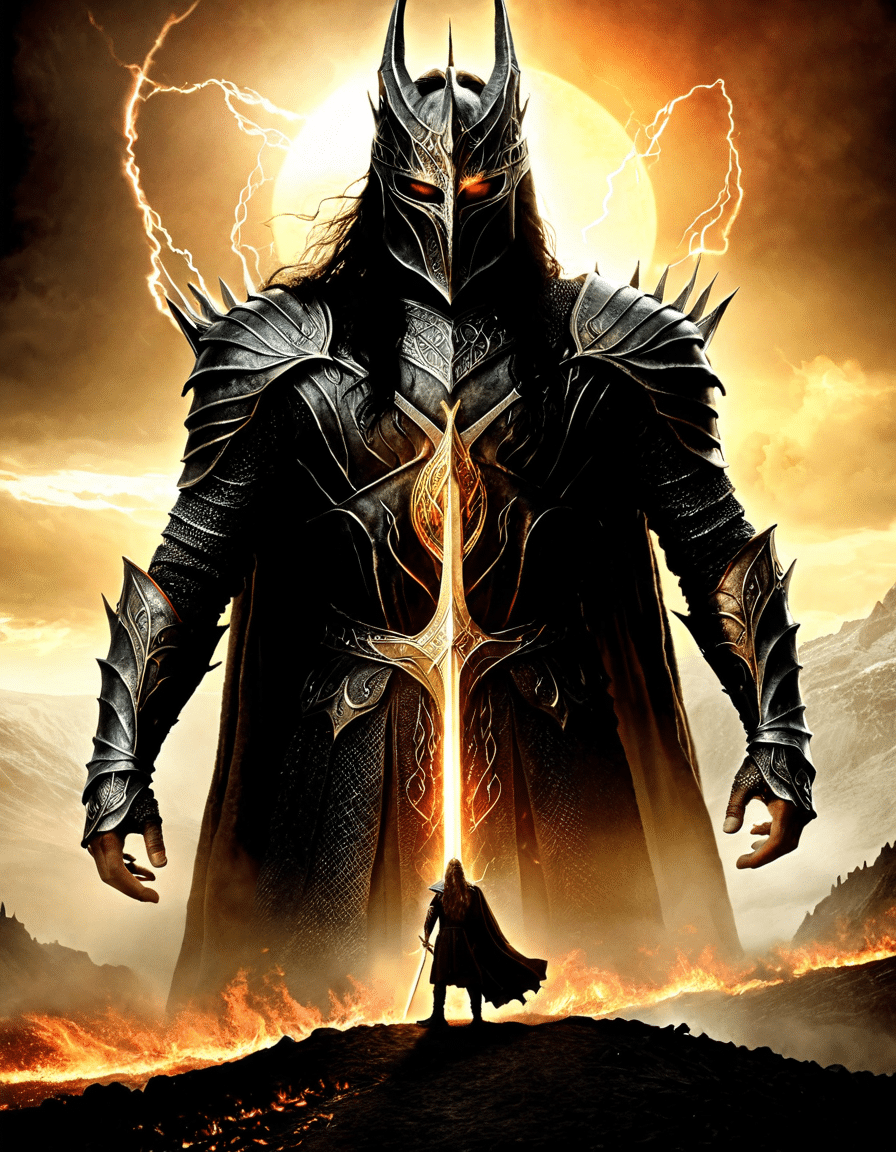
1. The Quest for the One Ring
At the core of the “The Lord of the Rings” narrative is the desperate race to destroy the One Ring. Sauron’s desire to reclaim his lost power drives much of the plot, pulling various factions, including Aragorn and the Fellowship, into action. As the threat from Sauron escalates, Aragorn’s role as a leader becomes increasingly important. The stakes of destroying the Ring aren’t just about saving Middle-earth; they’re also about Aragorn embracing his identity and destiny as King.
2. Darkness vs. Light: The Battle of Ideals
Sauron serves as a direct counterpoint to Aragorn’s character. Sauron embodies tyranny and control, seeking to enforce his will on others. In contrast, Aragorn symbolizes hope and freedom, claiming leadership through compassion rather than subjugation. Their opposing philosophies play out through various encounters in the story—whether it’s Aragorn’s tactical diplomacy or Sauron’s brute force. This stark thematic dichotomy deepens audiences’ understanding of leadership, heroism, and sacrifice.
3. Corruption and Redemption
Sauron’s influence extends beyond mere opposition; he also embodies the potential for corruption in every being. As Aragorn grapples with his lineage and the heavy legacy of his ancestors, he stands at the brink of his own temptation. This internal struggle is vividly illustrated in scenes where Aragorn contemplates the weight of the throne he’s destined to inherit—a throne once marred by his forebearers’ failings and tainted by Sauron’s malevolent shadow. These moments highlight the fine line between noble intentions and the corrupting influence of power.
4. The Great War: Alliances Against the Dark Lord
The conflict against Sauron’s overwhelming power compels the forging of alliances in “The Lord of the Rings.” Aragorn’s capacity to unite diverse races—Men, Elves, and Dwarves—illustrates how Sauron’s dark ambitions can ironically dispel ancient enmities for a common cause. The battles fought against Sauron aren’t just physical confrontations; they are significant markers of solidarity against tyranny. Each effort to combat Sauron contributes to Aragorn’s ultimate rise as the rightful king, reinforcing the notion that unity is a powerful antidote to darkness.
5. Legacies of Leadership: Lessons from Sauron’s Downfall
Sauron’s eventual defeat signifies more than just a battle won over evil; it serves as a cautionary tale about the misuse of power. Aragorn’s ascendance symbolizes a transformative leadership style rooted in humility and respect for all beings. The depth of Sauron’s villainy underscores the importance of ethical governance and the responsibilities that accompany authority. Aragorn’s commitment to rebuilding a united world post-Sauron presents a stark contrast to Sauron’s reign, where influence is wielded with an iron fist rather than a compassionate hand.
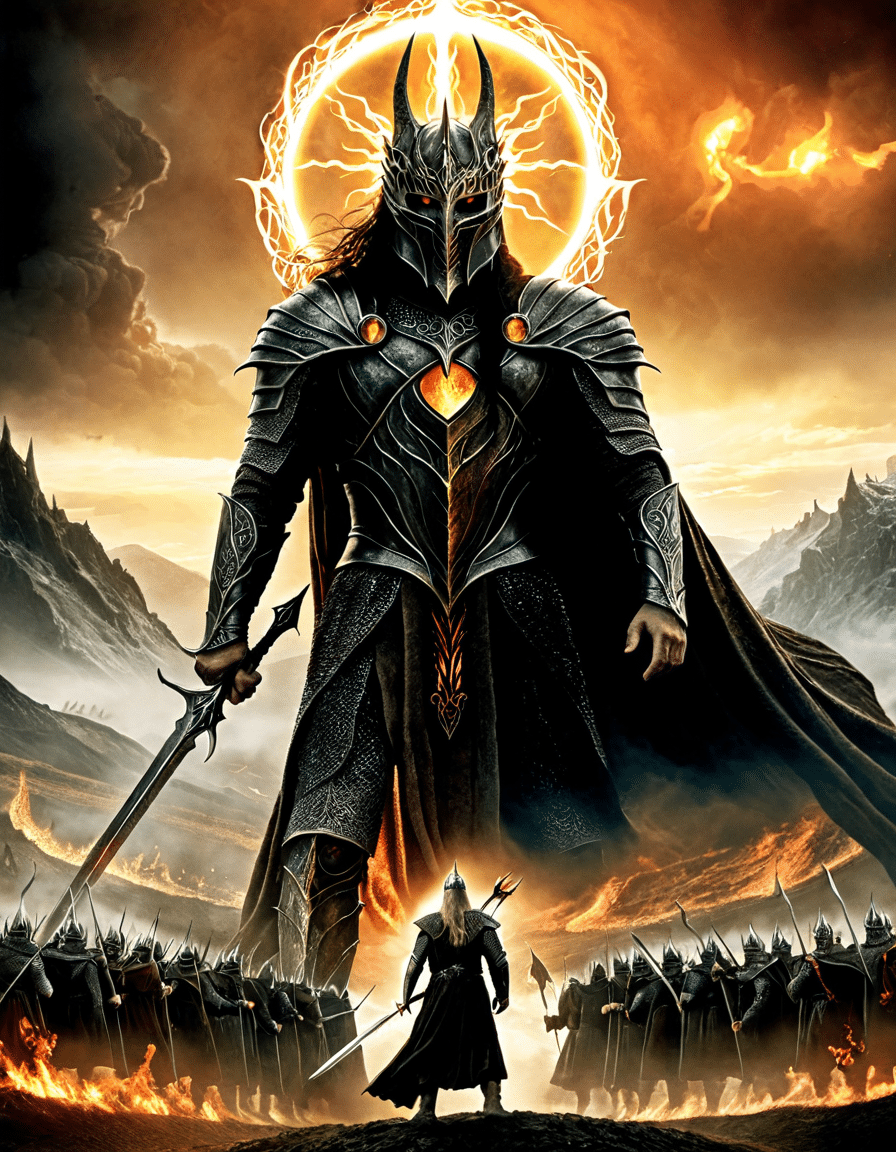
The Enduring Legacy of Sauron in Modern Fantasy
Sauron’s role as the primary antagonist in “The Lord of the Rings” transcends mere storytelling; it provides cultural commentary on the nature of power, corruption, and redemption. As contemporary adaptations like Amazon’s “The Rings of Power” emerge, Sauron’s foreboding presence continues to shape the genre. Films and series nowadays often explore themes of authority and ethics in a world rife with technology and politics, making Sauron’s character an enduring reminder of the darkness that can arise from the quest for power.
From the ambitious alliance against Sauron to Aragorn’s emergence as a beacon of hope, the complexities within these relationships enrich Tolkien’s narrative. This intricate tapestry allows the story to resonate powerfully with audiences—both past and present. The dynamics between Sauron and Aragorn invite introspection about leadership, choice, and the ongoing struggle against the forces that seek to corrupt our realities. As we navigate a world that sometimes feels overrun by its dark powers, the tales from Middle-earth remind us that we’re all called to take a vigilant stand in defending our destinies.
In conclusion, the saga of Sauron and Aragorn remains not just a captivating narrative adventure but also a profound exploration of the trials of power—its potential for both destruction and renewal. Understanding these characters teaches important lessons about courage, sacrifice, and the enduring fight for freedom in the face of overwhelming darkness. Whether through the lens of past films or new storytelling ventures, Sauron’s legacy continues to resonate, prompting us to reflect on our actions and the forces at play in our lives today.
As we gather inspiration from Tolkien’s rich world, the ever-relevant struggle between light and dark remains a story we’ll continue telling. So, let’s keep the spirit of Middle-earth alive, as we journey forward in an ever-uncertain landscape.
Sauron Lord of the Rings: Dark Power Behind It All
The Origins and Evolution of Sauron
Sauron, the main antagonist in “The Lord of the Rings,” originally appeared as a benevolent spirit called Aulë before his corruption by Melkor, the first Dark Lord. This dramatic turn of events highlights how even the most noble beings can fall from grace. It’s a bit like how we see certain celebrities make headlines for unexpected reasons, such as the recent buzz surrounding Zach Bryan and his girlfriend. Their romance has caught the public eye, showing that love can often come with its fair share of drama, similar to Sauron’s descent into darkness.
Adding another layer to Sauron’s character, the demands of his master, Morgoth, pushed him to craft the One Ring. This twisted creation was not just a tool of power but a symbol of his betrayal. In a way, it echoes the disturbing tales of camel Spiders, creatures that can thrive in harsh terrains, representing resilience in adversity. Just as these arachnids adapt and survive, Sauron too evolves with each setback, though his intentions are anything but noble.
The Art of Deception and Misdirection
Sauron is often referred to as the Dark Lord, but his true power lies in manipulation. He projects an image of invulnerability while orchestrating chaos from behind the scenes. This strategy mirrors themes found in “Men in Black,” where the hidden aliens manipulate humans unbeknownst to them. The idea of unseen forces driving major events resonates with Sauron’s influence across Middle-earth, leaving folks scrambling to comprehend the true nature of power.
Interestingly, many fans have engaged deeply with Sauron’s story, reflecting on his complex motivations and the lore behind his actions. It’s reminiscent of how followers dissect the lives of various public figures, like Cris Collinsworth. His insights on sports can often turn into a lengthy chatter, reflecting how passionate individuals become when discussing their interests, similar to how fans rally around the intricate lore of Sauron in the “Lord of the Rings.
The Legacy of Sauron’s Dark Influence
Ultimately, Sauron stands as an embodiment of totalitarian power and unchecked ambition. Following his legacy, many modern stories explore themes of greed and corruption, often depicted through vivid character arcs. To really grasp how big of an influence he had, you might look at something unexpected like the sprawling size of Central Park, which, despite its beauty, masks the city’s bustling and oftentimes chaotic nature. Sauron’s imposing shadow looms in every corner of Middle-earth, much like how the park remains a testament to both nature and urban life.
As we delve deeper, it’s fascinating to see how Sauron’s corruption resonates with current societal issues, echoing the ever-shifting paradigms we face today—much like how conversations around politics can twist and turn, often fueled by various media platforms. Just as Hugh Hewitt shares his views on Twitter, discussions about Sauron’s role allow fans to explore the darker aspects of power and control. Furthermore, just as we’ve seen with unconventional treatments like Vibramycin, there’s a fine balance between taking risks and unleashing chaos, paralleling Sauron’s treacherous journey.
In the grand tapestry of “The Lord of the Rings,” Sauron remains an essential thread, one that binds together themes of betrayal, ambition, and the dark side of power. His story continues to captivate audiences, reminding us of the eternal struggle between light and dark, good and evil.
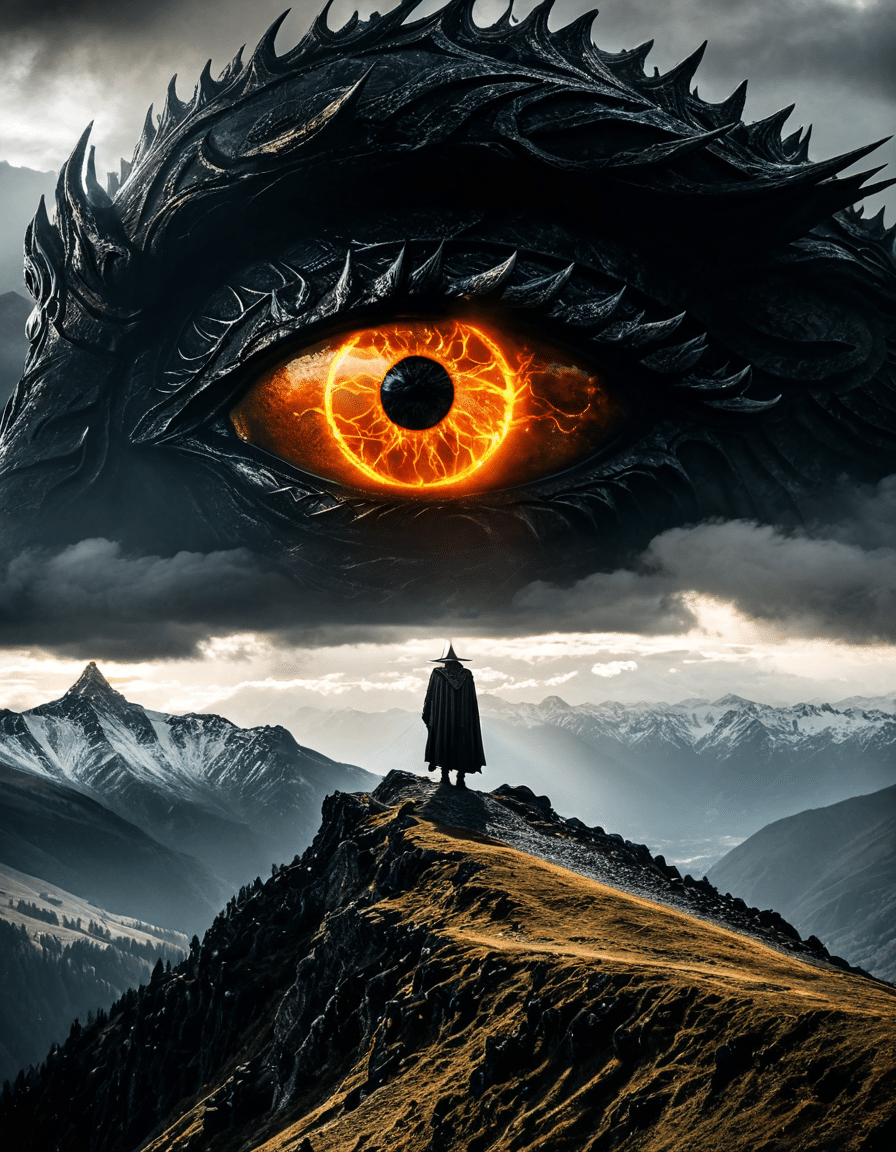





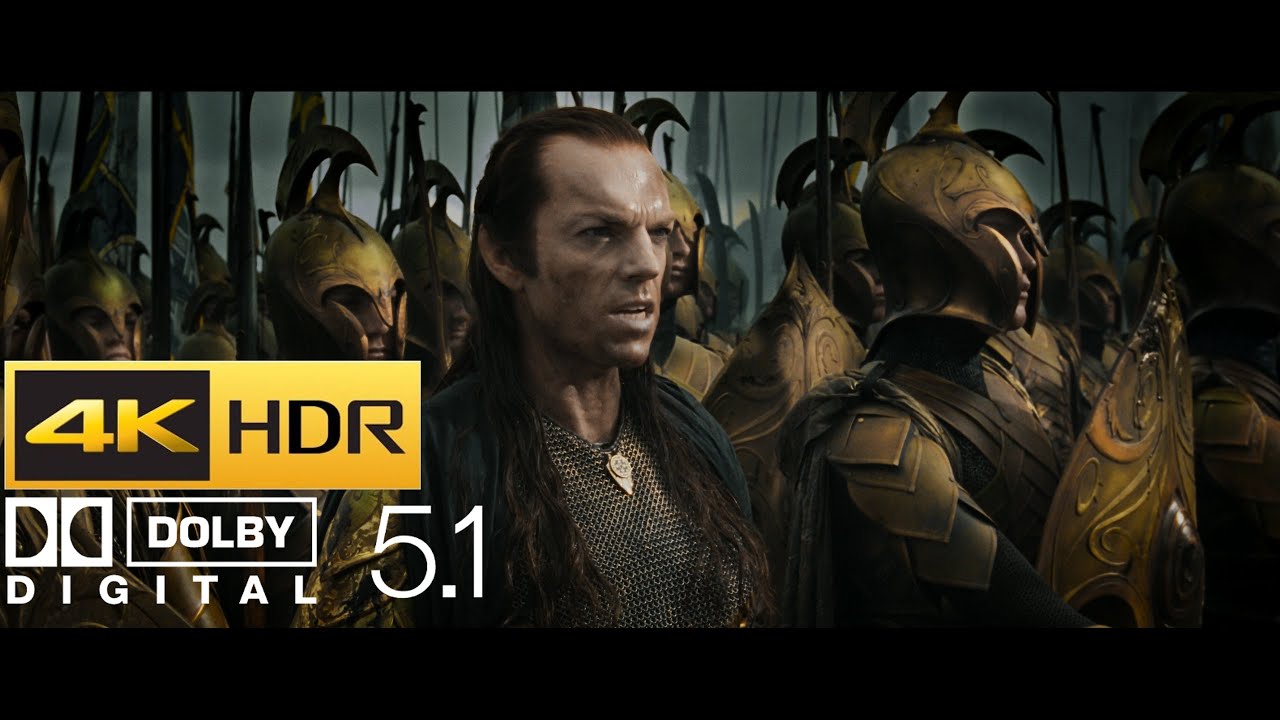
![The History of Sauron [COMPILATION] | Tolkien Explained](https://www.loaded.video/wp-content/cache/flying-press/7dade4a8be524956b5ab7234c3686ea9.jpg)
